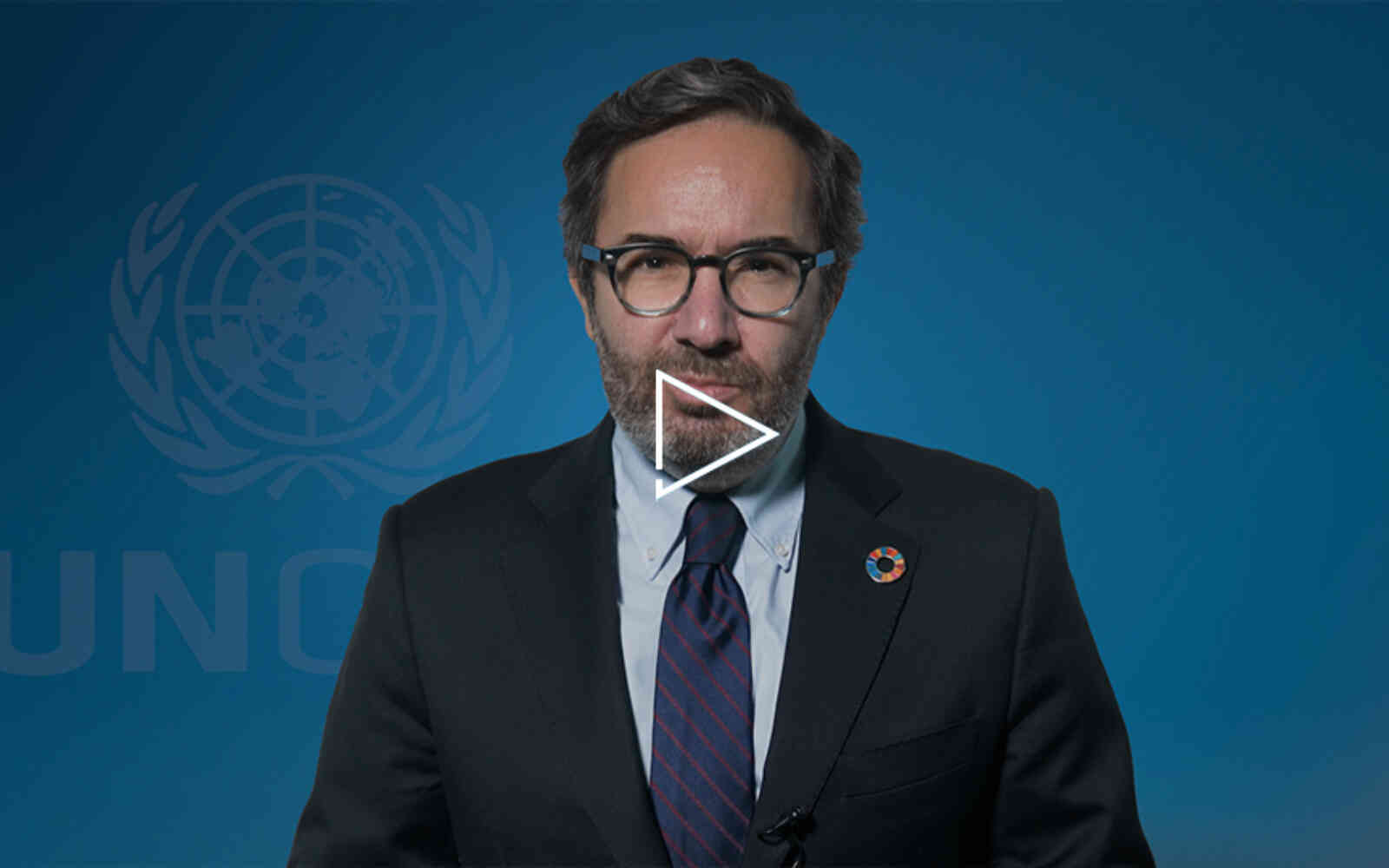The United Nations Office for Project Services (UNOPS)
El rol de las Naciones Unidas para apoyar la financiación de los ODS a nivel local
Declaración de Émilie Potvin, Directora de la Oficina de Portafolios Globales y Directora del Grupo de Alianzas, en la mesa redonda sobre Una ONU durante la 12ª edición del Foro Urbano Mundial.
[check against delivery]
Excellencies, colleagues,
It is a pleasure to be here. Thank you for all the insightful comments from around the table.
In line with UNOPS’ mandate to expand our partners’ implementation capacity through expertise in project management, infrastructure, procurement and financial services, I’d like to reflect on the SDG investment gap from the perspective of an often undervalued piece of the puzzle: implementation.
The finance and policy gaps are a part of the challenge. But to succeed in accelerating the SDGs, we also need to better respond to the challenges of implementation that impede SDG financing at the local level. These often pertain to gaps in capacity and data.
Let me put this into context by talking about infrastructure.
We know that infrastructure is the backbone for sustainable development: it can influence 92% of all targets across the Sustainable Development Goals. Infrastructure is intrinsically tied to all aspects of urban life, and critical for delivering on the SDGs locally.
Through our experience in helping partners implement the infrastructure required to drive the 2030 Agenda, I’d like to highlight three practical considerations, when addressing the SDG investment gap at the local level.
First, I want to touch on prioritization.
Encouraging investments to address the investment gap is important - but we also need to make sure that we prioritize the right investments. This needs to build on evidence-based planning and a robust infrastructure enabling environment. Infrastructure is built to last for decades, so we need to ensure that the infrastructure investments we make are the right ones.
Second, there are practical challenges linked to the mobilization of finance.
We know that public financing will not be sufficient to cover the SDG investment gap - and that there are billions of dollars held by global private capital and institutional investors that could help bridge this gap. However, often slow progress links to inadequate capacity to identify, prepare and structure complex infrastructure projects.
Third, we need to deliver the right solutions well.
In many cases, inadequate data and institutional, financial and technical capacity act as barriers to implement infrastructure that is inclusive, sustainable and resilient. This includes a need to improve infrastructure public procurement, which has huge influence throughout the entire value chain of infrastructure projects, from planning and financing to design, construction and management.
Why is this important? Research by the IMF has found that inefficient infrastructure governance results in one-third of infrastructure spending being wasted. In low-income countries, this can surpass 50 per cent. If not adequately planned, designed and managed, with a supporting infrastructure enabling environment, we risk wasting an important opportunity to deliver on the SDGs.
My key message today is: To address the SDG investment gap, we need to simultaneously address policy, financing, and implementation. This means that we need to deliver as one to deliver the best solutions at the local level. I reiterate UNOPS’ full commitment to support these efforts.










